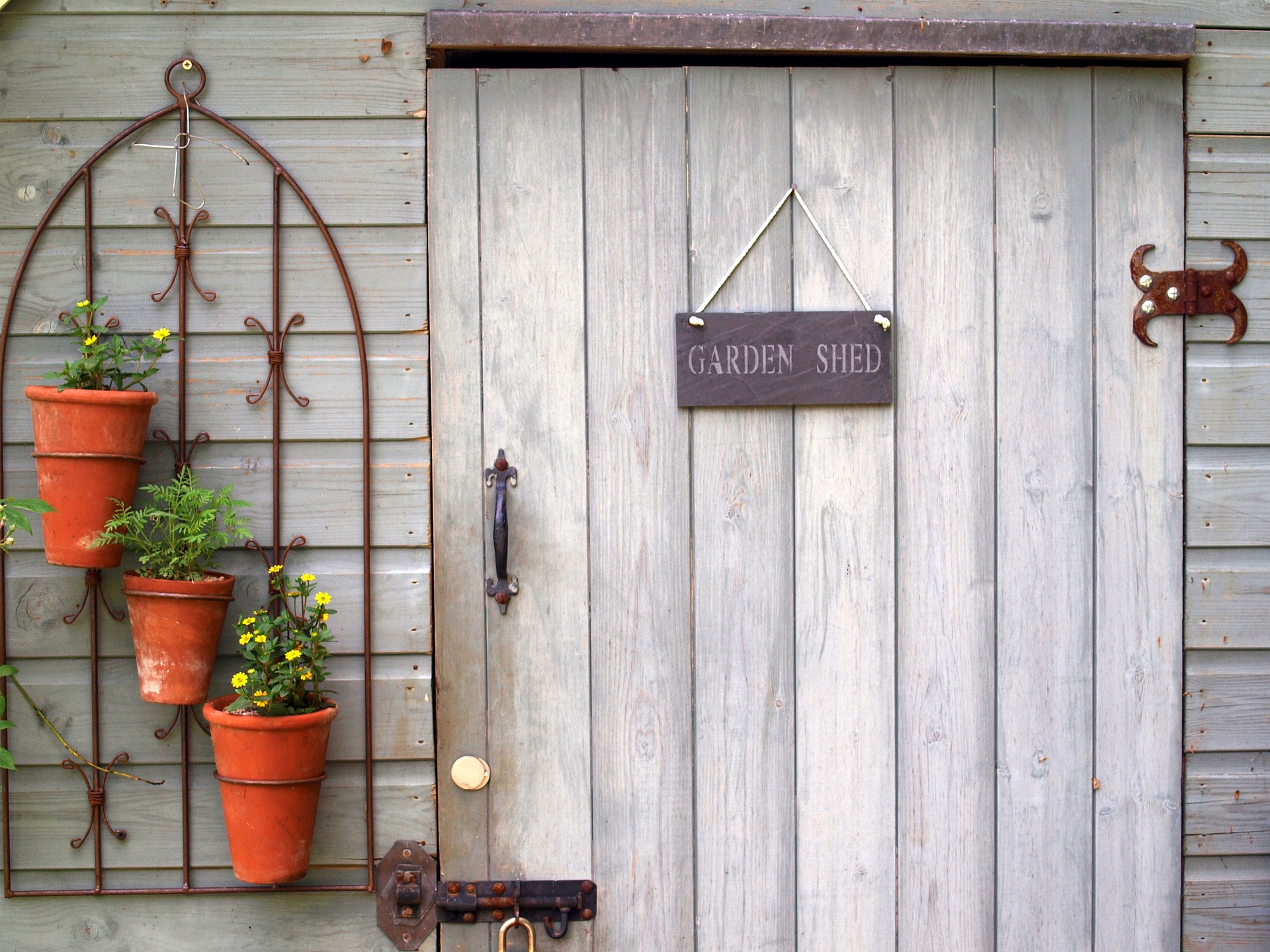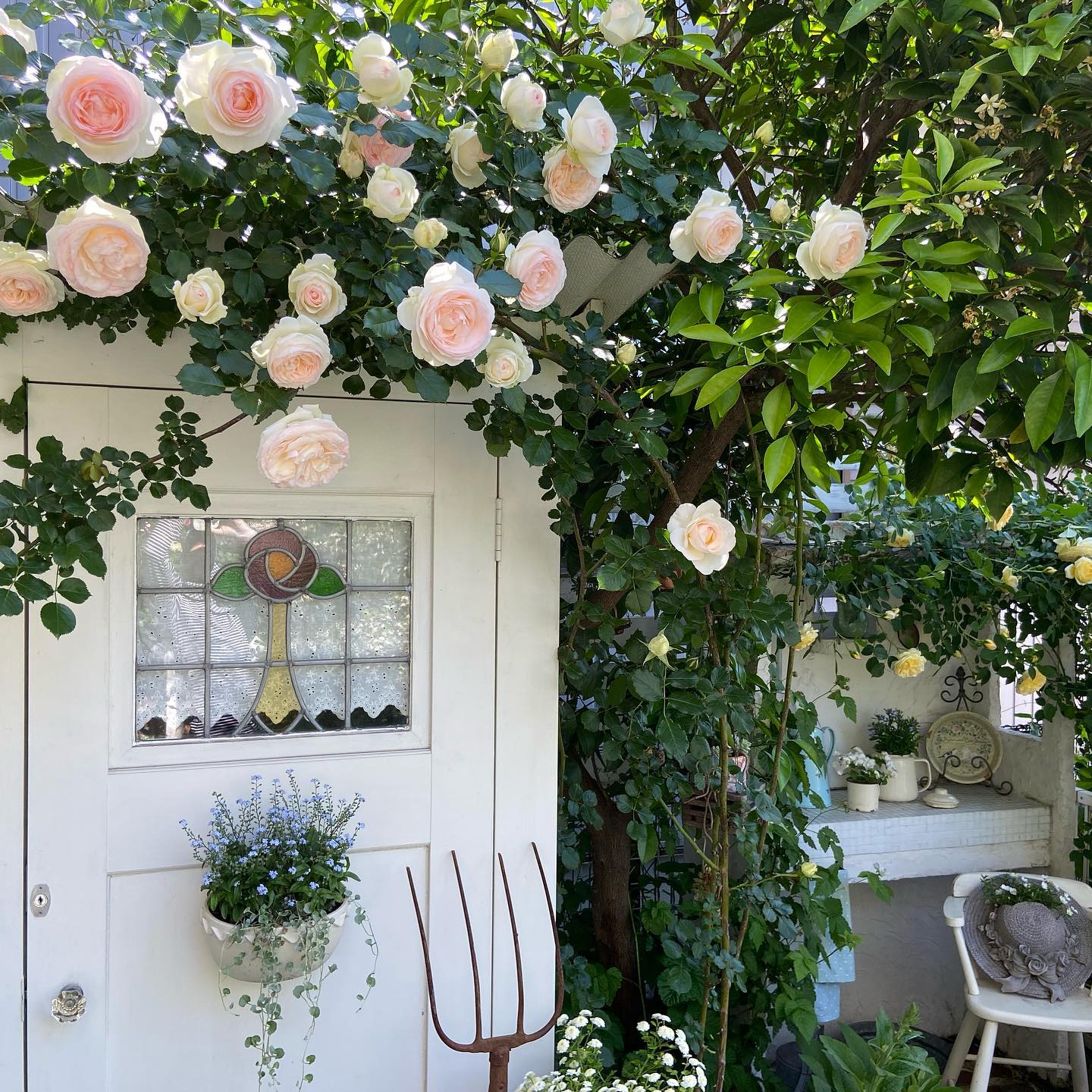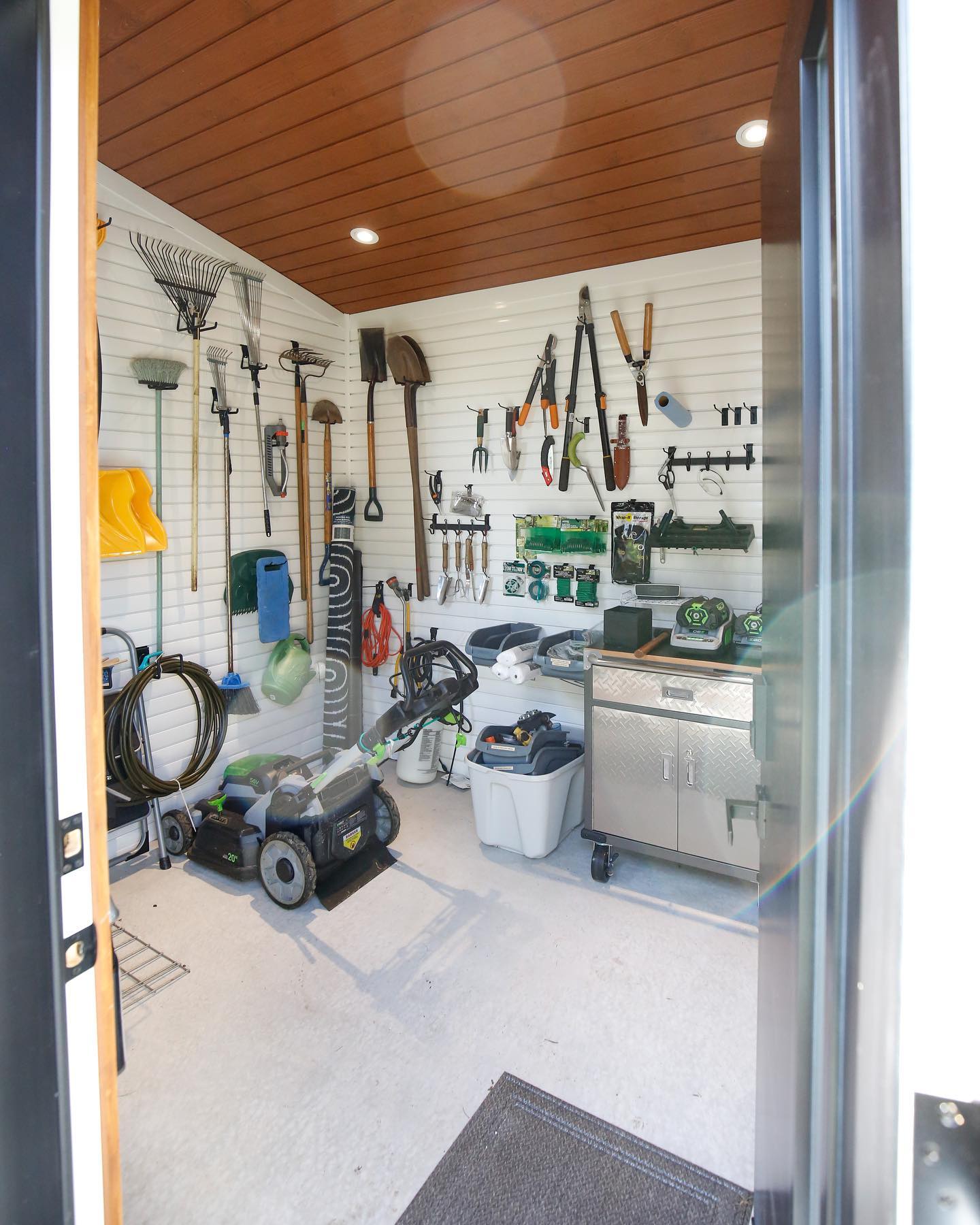Build Your Own Wooden Garden Shed with These Tips
A wooden garden shed, an often underappreciated structure, can significantly augment the appeal and functionality of any backyard. It not only serves as a practical storage solution, freeing up space in your home and garage, but also enhances the overall aesthetic appeal of your outdoor space. A well-crafted wooden garden shed can become a focal point, drawing the eyes of visitors and providing a charming backdrop for family photos or garden parties.
The act of building your own wooden garden shed can be an immensely satisfying and rewarding project, especially for those with a passion for DIY tasks. The process allows you to tap into your creativity, customizing the design of the shed to your liking, whether that means selecting a rustic, weathered look to blend with an English-style garden, or opting for a sleek, modern design to complement a minimalist landscape. The versatility of wood as a material allows for a wide range of design possibilities, enabling you to build a shed that perfectly aligns with your personal style and the existing architecture of your home.

Moreover, constructing your own shed means you can ensure it perfectly meets your needs. Whether you require a compact space for storing garden tools and equipment, a larger structure to house bicycles and outdoor furniture, or even a garden office or artist studio, the design can be adapted to suit your specific requirements.
In this comprehensive article, we aim to provide you with important tips and guidance to help you successfully create your own wooden garden shed.
Planning and Design:
Before embarking on any construction project, proper planning and design are crucial. Start by determining the ideal size and location for your shed. Consider the available space in your backyard and ensure the shed’s dimensions are proportionate. Sketch out a rough design to visualize the layout and make a list of the materials you’ll need. Online you will be able to find many designs and examples of garden sheds. On Tuin.co, you will find different types of sheds such as Tuin.co.uk veranda sheds, corner sheds and log cabins with a gazebo.
In the journey of creating a long-lasting wooden garden shed, the subsequent phase involves the critical decision of selecting the apt type of wood. This step is absolutely indispensable for the structural integrity, longevity, and overall durability of your garden shed.
The wood you select will play a major role in the resistance of your shed against natural wear and tear. Ideally, you should opt for a wood species that is inherently resistant to rot and decay, thereby ensuring the longevity of your structure. Some of the most reliable choices in this regard are cedar and redwood. These types of wood are naturally robust and can withstand the harshness of varying weather conditions, making them perfect for outdoor structures like garden sheds.
What makes cedar and redwood even more appealing is their requirement for minimal maintenance. Their natural resistance to decay means they won’t require frequent treatment or repairs, allowing you to save on long-term care costs. They also boast a beautiful natural finish that can add a rustic charm to your garden shed.
On the other hand, it’s advisable to steer clear of using softwoods such as pine for your garden shed. Despite their initial cost-effectiveness, these woods are more prone to damage, especially when exposed to external elements. They may appear to be a budget-friendly choice at the outset, but the frequent repairs and replacements they necessitate would culminate in higher costs in the long run.
The Foundation and the Frame:
A strong and evenly balanced foundation forms the cornerstone of a stable garden shed. The importance of this fundamental aspect cannot be overstated. It is the base upon which your entire structure will rest, and as such, it plays a critical role in ensuring the longevity and durability of your garden shed. Different types of foundations can be utilized depending on your personal preferences, the type of soil in your garden, the size of your shed, and your budget.
The options range from concrete slabs, wooden beams, to gravel. Concrete slabs are a common choice due to their robustness and ability to withstand heavy loads, making them ideal for larger sheds or sheds that will house heavy items. However, they can be expensive and require a higher degree of skill to install correctly.

Regardless of the option you choose, it’s crucial to ensure that the foundation is perfectly leveled. An uneven base can lead to problems down the line, such as difficulties with the opening and closing of doors and windows, or even structural instability.
Moving on to the frame, it is essentially the skeleton of your garden shed. It provides the necessary support structure for the walls and roof, and as such, it’s critical to ensure its strength and durability. Pressure-treated lumber is a highly recommended material for the frame, as it is specially treated to resist moisture and insect damage. This can significantly extend the lifespan of your garden shed, saving you from potential repair or replacement costs in the future.
During the construction process, make sure the frame is square and level. This is paramount to prevent any potential issues with the fitting of doors and windows, and to ensure the structural integrity of your shed. A skewed or misaligned frame can lead to a host of problems, from gaps in the walls to a sagging roof. Therefore, it is essential to take the necessary time and care during this stage of construction to ensure everything is in order.
In summary, the foundation and frame are two of the most critical components in the construction of a wooden garden shed. The careful selection of materials and meticulous attention to detail during the construction process can set the stage for a durable and resilient garden shed that will serve you well for years to come.
Choosing the Right Roofing Material:
A strong and evenly balanced foundation forms the cornerstone of a stable garden shed. The importance of this fundamental aspect cannot be overstated. It is the base upon which your entire structure will rest, and as such, it plays a critical role in ensuring the longevity and durability of your garden shed. Different types of foundations can be utilized depending on your personal preferences, the type of soil in your garden, the size of your shed, and your budget.
The options range from concrete slabs, wooden beams, to gravel. Concrete slabs are a common choice due to their robustness and ability to withstand heavy loads, making them ideal for larger sheds or sheds that will house heavy items. However, they can be expensive and require a higher degree of skill to install correctly.

Wooden beams, on the other hand, offer a more natural look, blending seamlessly with the aesthetic of a wooden garden shed. They are also less labor-intensive to install than concrete slabs, but they may not provide the same level of stability, especially for larger structures.
Gravel foundations are another popular choice, particularly for smaller sheds. They are relatively easy to install and provide good drainage, preventing water accumulation that could lead to rot or decay. However, they may not be as durable as concrete or wooden foundations.
Regardless of the option you choose, it’s crucial to ensure that the foundation is perfectly leveled. An uneven base can lead to problems down the line, such as difficulties with the opening and closing of doors and windows, or even structural instability.
Moving on to the frame, it is essentially the skeleton of your garden shed. It provides the necessary support structure for the walls and roof, and as such, it’s critical to ensure its strength and durability. Pressure-treated lumber is a highly recommended material for the frame, as it is specially treated to resist moisture and insect damage. This can significantly extend the lifespan of your garden shed, saving you from potential repair or replacement costs in the future.
During the construction process, make sure the frame is square and level. This is paramount to prevent any potential issues with the fitting of doors and windows, and to ensure the structural integrity of your shed. A skewed or misaligned frame can lead to a host of problems, from gaps in the walls to a sagging roof. Therefore, it is essential to take the necessary time and care during this stage of construction to ensure everything is in order.
In summary, the foundation and frame are two of the most critical components in the construction of a wooden garden shed. The careful selection of materials and meticulous attention to detail during the construction process can set the stage for a durable and resilient garden shed that will serve you well for years to come.

Insulating and Ventilating:
If you plan to use your garden shed for more than just storage, consider insulating and ventilating the space. Insulation will help regulate the temperature inside, making it more comfortable during extreme weather conditions. Proper ventilation will prevent the accumulation of moisture, which can lead to mold and rot.
Adding Windows and Doors:
Windows and doors not only enhance the aesthetics of your log cabin shed but also provide natural light and ventilation. Choose windows and doors that are weather-resistant and easy to maintain. Consider installing security features, such as locks or window bars, to protect your belongings.
The last step for prolonging the life of your wooden garden shed, apply a protective finish or stain. This will help seal the wood, preventing water damage and UV exposure. Regularly inspect the finish and reapply as needed to maintain its protective properties.






